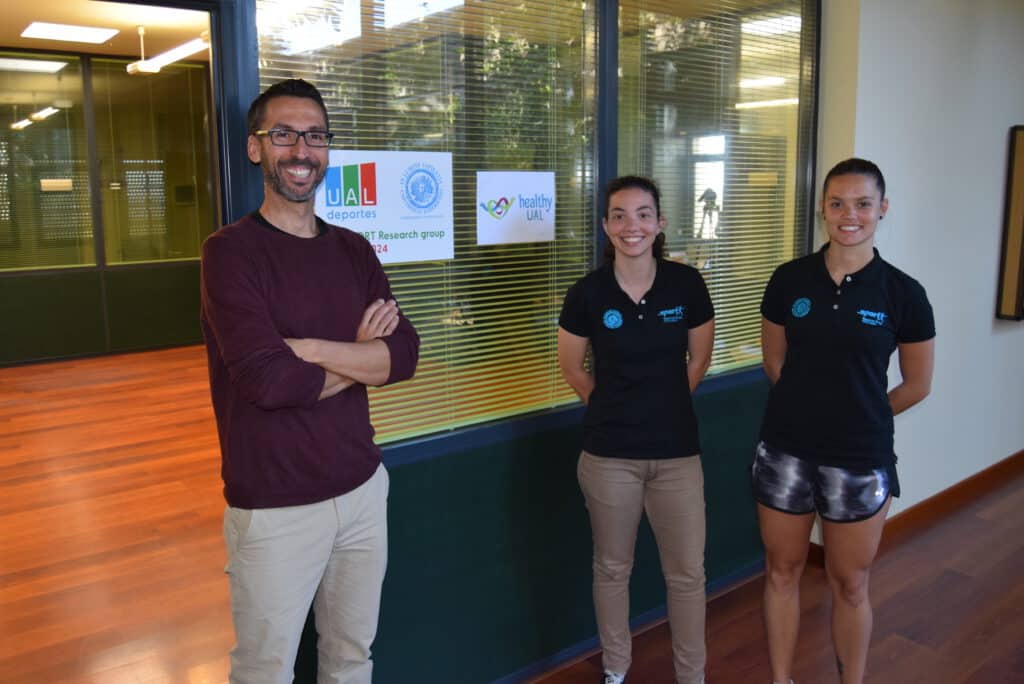Hominids have been walking upright for some time. 4.4 million years. The zumba or the crossfit have been with us for only a couple of decades.
The great variety of offers for physical exercise, together with the anglicisms and terms that are used to refer to the cool that have crept into the fitnessIn this, as in almost everything else, the simplest thing is usually the one that works the best. But of course, it doesn't make anyone any money, or maybe it does?
From half of the last centuryscientific research in fields such as epidemiology or preventive medicine has attempted to answer the question of how much and how humans need to move in order to improve their health. A question, on the other hand, very relevant nowadays given the sedentary lifestyle followed by most people. majority of men and women on this planet.
Compared to other forms of physical activity that are more complex and may require more time, money or specialized supervision, walking is -according to science- a safe and effective way to maintain health.
A magical and round figure
In the adult population, the most common range of steps is as wide as 4,000 to 18,000 per day. Right in the middle is 10,000, that magic number that we have heard so many times. However, no one should be demoralized by not reaching that round number. Walking less than 10,000 steps a day has also been linked to significant health benefits.
Researchers from the National Cancer Institute and of the CDC published last 2020, in the magazine JAMAa longitudinal study with nearly 5,000 participants. The authors observed that those participants who walked 8,000 steps per day had a 51% lower risk of all-cause mortality compared with those who walked 4,000 steps. And among those who walked 12,000 steps per day, the mortality risk was 65% less than 65%.
In 2019, the Harvard School of Public Health had already published in JAMA another longitudinal study with more than 15,000 elderly women (72 years on average), followed for just over 4 years. The data revealed that women who reached 4,400 steps per day had a lower risk of all-cause mortality than those who walked 2,700 steps per day. The more steps per day they walked, the lower the mortality risk observed, but no major benefits were observed beyond 7,500 steps per day.
A recent systematic review of 17 longitudinal studies and more than 30,000 participants clearly concluded that health benefits are present below 10,000 steps per day: walking an additional 1,000 steps per day helped reduce the risk of all-cause mortality.as well as cardiovascular morbidity and mortality.

A minimum of 7,000 steps
Today, almost all of us have some form of wereable with enough technology to measure daily steps and dozens of other health indicators. It is recommended that we pay attention to how many steps we walk per day, and that we try to reach at least 7,000. And when we have achieved that, we should keep going up to 10,000. And then aim for 12,000.
The important thing is that, whatever the number, we don't stop adding steps. For those who are very sedentary or who are overweight or obese, even very moderate daily increases can bring important health benefits, such as walking 2,000 steps a day above the usual daily average.
It is not for nothing that the WHO has chosen for its recently published physical activity recommendations the slogan: "ANY MOVE COUNTS". Because, in effect, any small gesture that interrupts the time we spend sitting down will be beneficial to our health..
And if it is done in contact with natureThe benefits are even greater. Simply because it connects us with who we really are. Or have we forgotten that nature did not design us to spend 12 hours a day sitting in front of a screen.?
Not even those of us who work in front of the computer have an excuse, since this can be done standing up (look up standing desk) or even walking (look for office fitness desk walker).
It is also good for your wallet
At the beginning of this article we asked whether walking could be of economic benefit to anyone. The answer is clear and forceful: yes, for all of us. Starting with our public health systems.
It is estimated that being physically active could be an important factor in increase in GDP of around 0.15% - 0.24% per year. On the other hand, obesity accounts for a significant proportion of Spain's direct cost overrun of 2% per year and 58% by 2030.
It is undeniable, then, that the path is made by walking. I hope you have not read this article sitting down. And if you have, at least go out now for 5 minutes to walk. If possible, outdoors.



